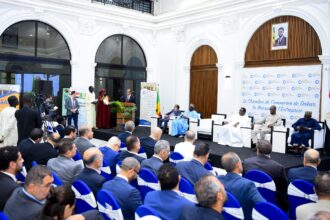IBM Egypt, in partnership with Bibliotheca Alexandrina, launched Monday a cooperation agreement that will utilize virtual reality techniques to examine the adverse impacts of Cairo’s climate on the Sphinx, one of the world’s most renowned monuments.
Located on the Giza Plateau, the Sphinx, dates back over 4,500 years to the Old Kingdom and the time of king Khafre, builder of the second largest pyramid.
The image of the recumbent lion with the head of a human being is a major tourist attraction, symbolizing both strength and wisdom. However, Cairo’s climate – with occasional sandstorms, humidity and smoke – puts the statue at risk of erosion and relapse of several pieces.
“Our collaborative work with IBM will deploy VISTA [Virtual Immersive Science and Technology Applications] to conserve one of the world’s most recognized statues, said Ismail Serageldin, managing director of Bibliotheca Alexandrina.
This new technology applies virtual reality applications and creates 3D simulation results that easily demonstrate the complexity of meteorology and wind structure on the Sphinx.
“Virtual reality applications can immensely facilitate the research process for scientists and researchers. It is much easier for a person to scrutinize an issue visually than when looking at figures and schedules, Serageldin added. “Costs of implementing virtual reality research are much cheaper to run than conventional research methods.
Bibliotheca Alexandrina is the first institution to implement VISTA technologies in the entire Middle East and North Africa region. The technology can be applied across various sectors such as medicine, engineering, economics, construction, and scientific research.
“The Sphinx is an icon of Egypt’s national heritage, but it has been crumbling for a long time now, said Ahmed Tantawy, technical director at IBM. We are co-implementing this project in a bid to look into how the wind’s structure and movement affects the statue and thus be able to preserve it.
The two funding arms are currently delving into implementing the so-called Sphinx virtual reality research project to come up with a concrete diagnosis of the reasons behind the statue’s erosion. Afterwards, the will raise their research findings and recommendations to specialists in the Supreme Council of Antiquities to turn this study into reality and finally save the Sphinx.
“Based on our success in this project, we will later deploy virtual reality technology in other sectors and try to preserve other monuments of our national heritage, predicted Serageldin, who declined to announce total cost of the project.
